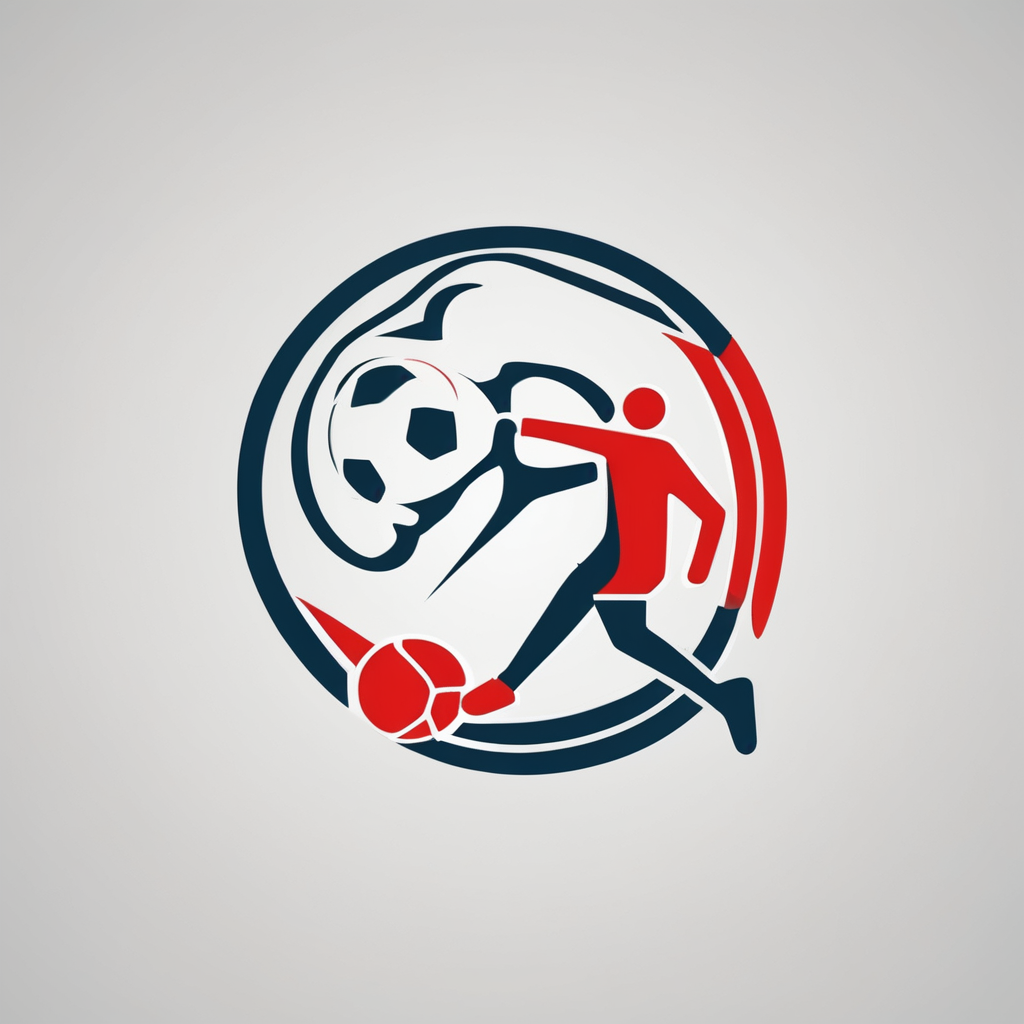Understanding Alternative Sports in the UK
Alternative sports UK are activities that fall outside the spotlight of traditional, mainstream sports like football or rugby. These sports often emphasize individual expression, creativity, and community involvement rather than commercial competition.
Non-mainstream sports UK include examples such as parkour, ultimate frisbee, and roller derby. Parkour, for instance, focuses on fluid movement through urban environments, encouraging agility and innovative problem-solving. Ultimate frisbee combines strategy, endurance, and teamwork without the typical physical contact of other sports. Roller derby offers a fast-paced, contact-driven experience, usually led by grassroots groups fostering inclusivity.
Additional reading : Cannot running boost mental wellness in athletes?
The culture surrounding alternative sports UK contrasts markedly with mainstream sports. They tend to be more accessible, requiring minimal equipment or formal facilities, making them appealing to diverse demographics. Many participants seek a more flexible, less pressurized environment, often valuing personal growth over competition.
Understanding alternative sports examples highlights a vibrant and continually evolving sporting landscape in the UK, reflecting changing social attitudes and desire for inclusive, engaging physical activities beyond traditional arenas.
Additional reading : What Are the Historical Milestones in UK Sports’ Evolution?
Initiatives for Inclusivity and Diversity in Alternative Sports
Creating alternative sports inclusivity is essential to reflecting the vibrant, varied communities engaging in these activities. Organisations within the UK are adopting deliberate approaches to promote sports diversity UK by designing policies that ensure access and representation across different backgrounds. These efforts often focus on dismantling longstanding barriers that have excluded marginalized groups from participation.
Community-driven initiatives play a vital role in fostering welcoming environments. They encourage active involvement by offering tailored programmes that address the unique needs of underrepresented groups. For instance, grassroots campaigns often provide training, equipment, and safe spaces, which are crucial for engaging newcomers in alternative sports.
Specific inclusive sports initiatives include adaptive sports events, outreach projects in underserved areas, and collaboration with schools to introduce alternative sporting options. These programmes emphasise accessibility both physically and culturally, ensuring diverse participants feel supported and represented. Such efforts contribute not only to increasing participation but also to enriching the alternative sports scene with broader perspectives and talents.
Impact on Marginalised and Underrepresented Groups
The growth of sports participation diversity is reshaping traditional athletic spaces, creating more inclusive environments that champion underrepresented groups in sports. Women, LGBTQ+ individuals, and ethnic minorities are increasingly finding opportunities to engage in sports where their identities are respected and celebrated. This shift is more than symbolic—it drives meaningful change in access, representation, and social inclusion.
Inclusive sports impact goes beyond mere participation. Many participants report enhanced self-confidence, improved mental health, and a strengthened sense of community. Organizations devoted to alternative sports often highlight these social benefits, pointing to how inclusive policies dismantle longstanding barriers. For instance, LGBTQ+ sports leagues provide safe spaces where players can compete without fear of discrimination, fostering solidarity that spills over into other areas of life.
Success stories abound in these communities. One notable example is a diverse urban basketball league that has helped reduce local youth crime rates by engaging ethnic minority youth in structured activities. Such case studies underscore how embracing sports participation diversity benefits not only individuals but entire communities, promoting equality and social cohesion through inclusive practices.
Challenges Remaining for Inclusivity in Alternative Sports
Inclusivity in alternative sports faces persistent barriers that limit participation and growth. Despite increasing interest, many alternative sports organisations struggle with resource limitations such as funding and facilities. These constraints reduce accessibility and curtail opportunities for diverse communities to engage fully, especially in underrepresented groups.
Challenges in sports diversity also stem from limited mainstream exposure. Alternative sports often lack media coverage compared to traditional sports, which affects sponsorship and public awareness. This creates a cycle where lack of visibility hinders inclusivity efforts and keeps these sports on the fringe.
Addressing these challenges requires strategic approaches. Increasing partnerships with schools and community centres can expand access, while targeted outreach promotes inclusivity at the grassroots level. Encouraging media platforms to highlight diverse athletes and events can improve perception and draw necessary support. Overall, overcoming these sports inclusivity barriers calls for coordinated efforts addressing funding, exposure, and community engagement to ensure alternative sports become accessible to all.
